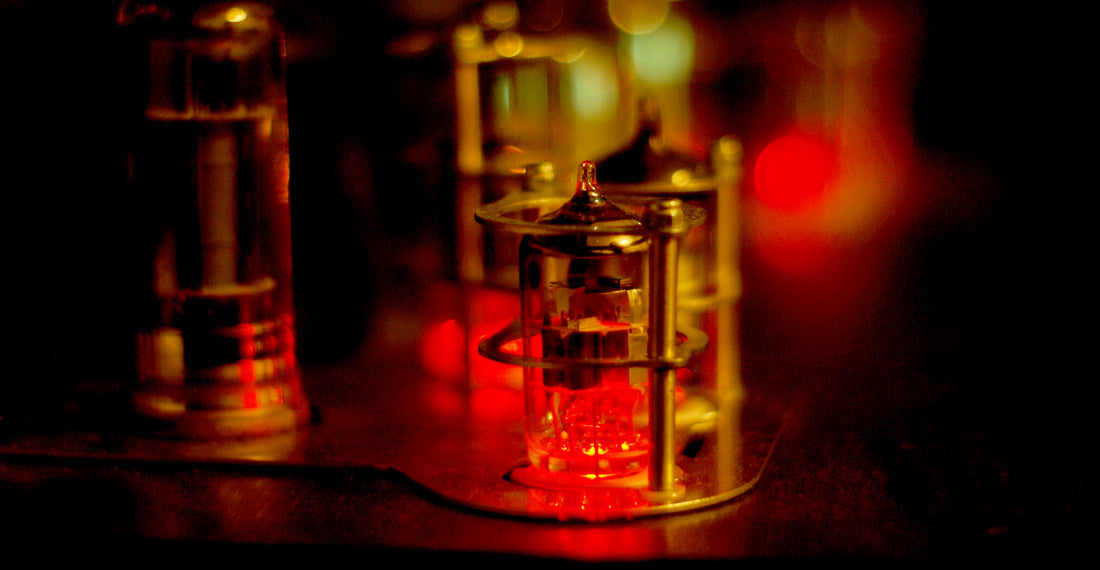Warning: Building and testing electronic circuits, including tube amplifiers, can be dangerous and can cause serious injury or death. High voltage components such as tubes and capacitors can store dangerous levels of electrical charge even after the circuit has been disconnected from the power supply. Improper handling of these components can result in electric shock, burns, or other injuries.
Disclaimer: The information provided is for educational purposes only and is not intended to be a substitute for professional advice or instruction. The author and publisher make no warranty or representation, expressed or implied, with respect to the accuracy, completeness, or usefulness of the information contained herein, and assume no liability or responsibility for any errors or omissions that may appear.
Single-ended tube 300B mono amplifier
(Power output of approximately 8 watts)
Materials:
300B tube x1
6SN7 tube x1
Power transformer (250-300V AC input, 350-400V DC output, 100-150mA) x1
Output transformer (5k primary, 4-8 ohm secondary) x1
Choke (5-10H, 100-200mA) x1
100uF 400V electrolytic capacitor x2
0.1uF 630V film capacitor x2
220k ohm 2W resistor x2
1k ohm 2W resistor x2
470 ohm 2W resistor x2
100 ohm 1W resistor x1
1N4007 Diodes x2
Potentiometer (100k ohm) x1
300B tube socket x1
6SN7 tube socket x1
Instructions:
1. Connect the 6SN7 tube to the circuit by wiring its pin 2 to the first 220k ohm resistor, its pin 7 to the second 220k ohm resistor, and its pins 4 and 5 to the second 1k ohm resistor.
2. Connect the positive terminal of the power transformer to the anode of the 6SN7 tube, and connect the negative terminal of the power transformer to the cathode of the 6SN7 tube.
3. Connect the output of the choke to the positive terminal of the first electrolytic capacitor, and connect the negative terminal of the first electrolytic capacitor to the cathode of the 6SN7 tube.
4. Connect the positive terminal of the second electrolytic capacitor to the anode of the 300B tube, and connect the negative terminal of the second electrolytic capacitor to the cathode of the 300B tube.
5. Connect the center tap of the output transformer to the anode of the 300B tube.
6. Connect the grid of the 6SN7 tube to the input signal, and connect the output of the 300B tube to the output transformer.
7. Connect the feedback loop between the output transformer and the cathode of the 6SN7 tube, using the 100 ohm resistor.
8. Double-check all connections and components for any wiring errors or shorts.
9. Power up the amplifier and check for any issues, adjusting the bias and other settings as necessary. Use a bias that is known to produce a warm and rich sound. Connect the positive terminal of the bias potentiometer to the anode of the 300B tube, and connect the negative terminal of the bias potentiometer to the cathode of the 300B tube.
10. Listen to the amplifier and fine-tune the amplifier by adjusting the bias, feedback, and other settings to achieve the desired warm and detailed sound quality.
It is important to note, however, that working with high-voltage components such as tubes and capacitors can be dangerous, and it is recommended to seek the assistance of a professional or experienced hobbyist when building and testing the circuit.

DIY Audiophile Tube Amplifier (300B)
3 min read
K. Glissando




